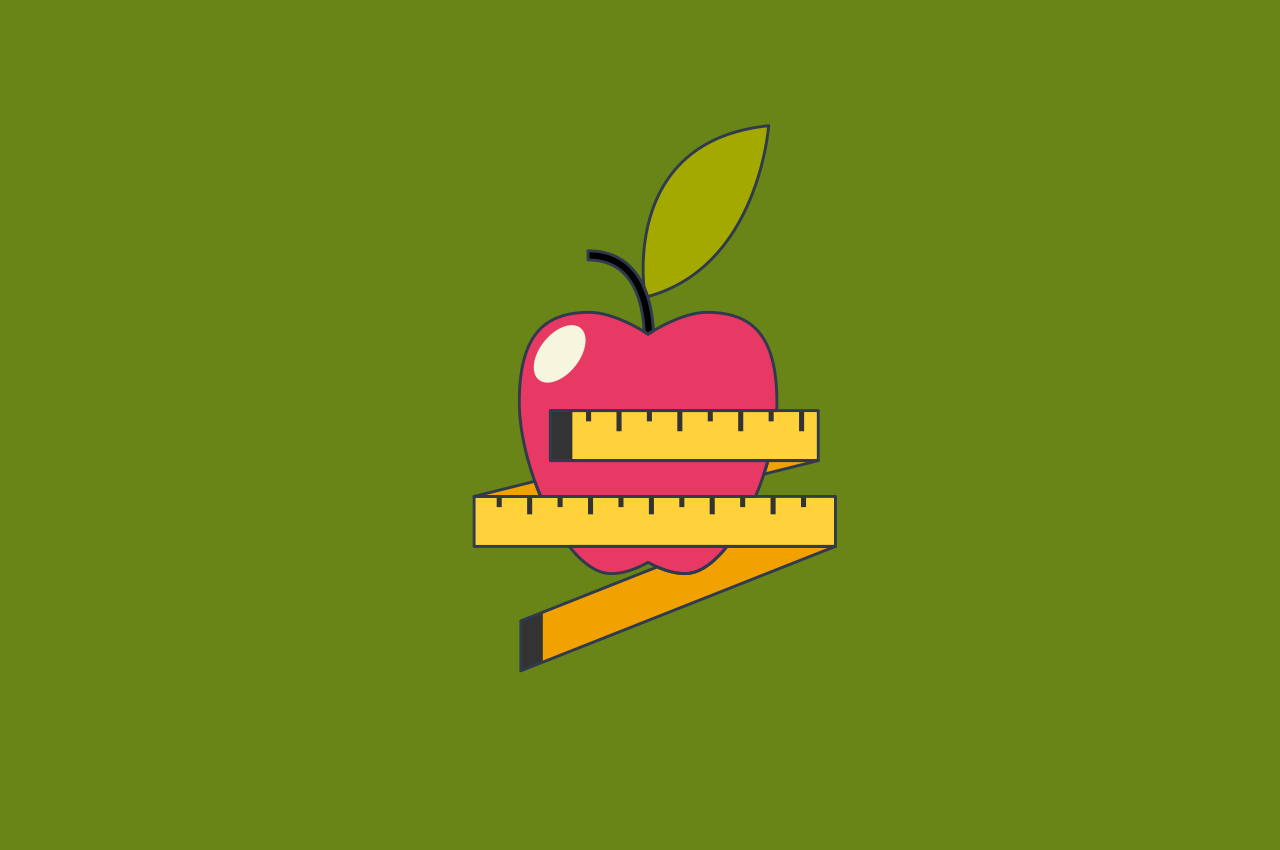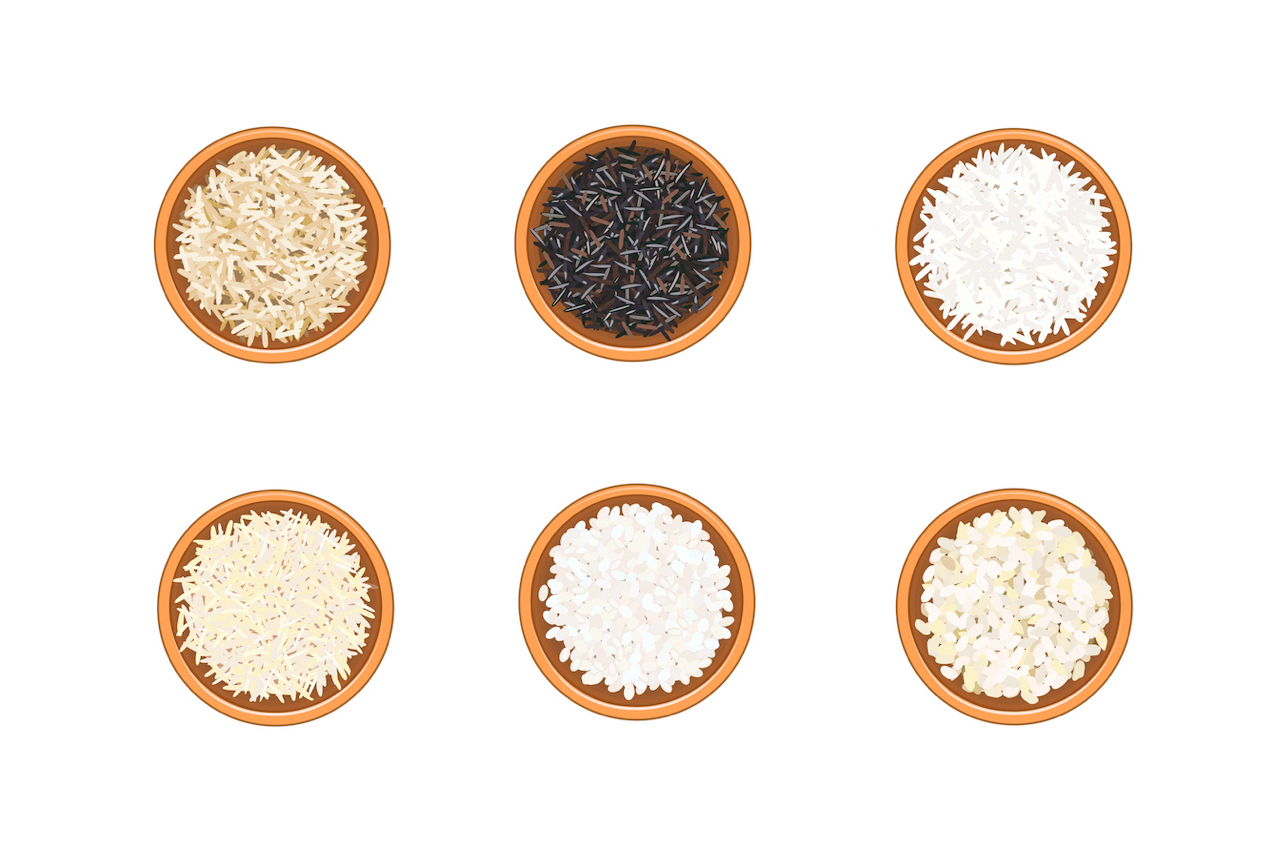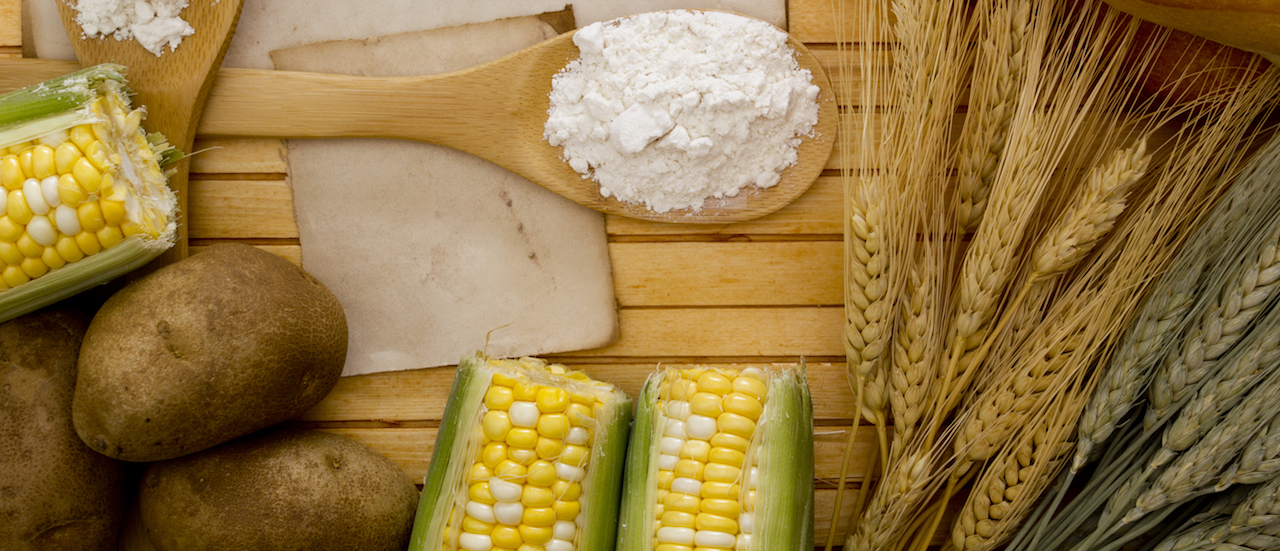Burgers and chips, waffles and ice-cream and pancakes and cream. These are some iconic food combos that we know and love. Sadly, they also pack on the kilos. Don’t worry though, if you ditch them, you can still pair your foods by choosing more nutritious options.
First, you need to find healthy, balanced meal options.
Eat smart
When combined, foods react to each other in your body, for better or worse. If you eat the wrong foods together, your digestive system suffers. As a result, the undigested food is left in your stomach to rot. Researchers have shown that this can contribute to weight gain and may even make you sick.
For example, lean proteins, greens and non-starchy vegetables go best together. Fats and fatty proteins like fatty fish pair well with greens and starches. Fruit goes best with greens.
Starches and proteins should be eaten separately because they digest differently. Starch breaks down in your mouth and protein only breaks down in your gastrointestinal tract. This means if you combine them in a meal, the starch will sit in the stomach acid and ferment while your body tries to digest the protein.
Here are some delicious, healthy food duos to trigger weight loss and give your body essential nutrients.
Perfect pairs
Apples and peanut butter
Swap out your slab of chocolate for this sweet treat that can help you lose weight. Peanut butter is a fat buster because it contains monounsaturated fats which keep you full and polyunsaturated fats which improve insulin metabolism. Apples make a good addition as they’re packed with fibre which helps reduce visceral fat. A sprinkle of cinnamon can add that extra health punch as it contains cinnamaldehyde, a powerful belly fat fighter.
How to make it: Slice up an apple and spread the slices with unsalted peanut butter. Sprinkle with cinnamon.
Avocado and sprouted grain bread toast
Besides being super-trendy on social media, avo on toast can get you started on your weight loss journey. Avocado has healthy monounsaturated fats that keep you fuller for longer. Sprouted grain bread makes a good base for avocado as it’s full of fibre, which keeps hunger at bay.
How to make it: Smash avo or spread slices of it onto two slices of sprouted grain bread. Add a dash of cayenne pepper to spur on the melting of belly fat.
Green tea with lemon juice
Some teas are known for its slimming capabilities; particularly green tea. Green tea is chock-full of an antioxidant called ECGC, which contributes to fat burning. It also contains an antioxidant called catechin which can help your liver change fat into energy. Adding a dash of zesty lemon is a good choice for an extra boost of vitamin C.
How to make it: Brew your tea to your preference then add a squeeze of lemon juice. If you’re not fond of lemon, mint is a good option as it can suppress appetite.



